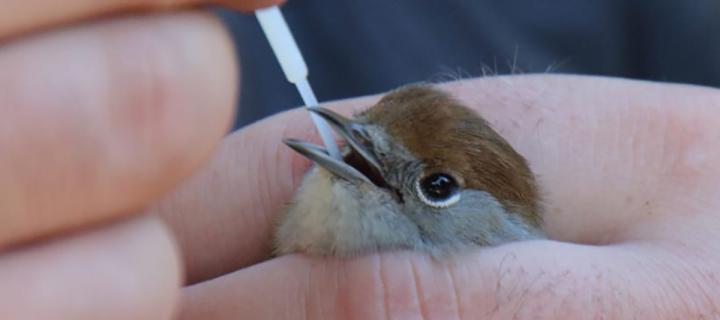West Nile virus study sheds light on mitigating outbreaks
Mapping development of mosquito-borne virus offers clarity on managing risk of infections.

Insights into the evolution and spread of a virus that affects hundreds of bird species and causes infection in humans could inform actions to mitigate disease outbreaks.
A European collaboration led by the Roslin Institute used epidemiology and environmental data as well as virus genome sequences to track how West Nile virus evolved and spread in Europe in recent decades.
They identify areas of focus for further research into how the mosquito-borne virus might spread, at a time of increasing risk of outbreaks owing to globalisation, climate change and population growth.
Disease modelling
The team developed their models to understand how environmental factors impacted the speed and direction of disease spread.
Their work identified the dominant line, or lineage, within the family tree of the virus in Europe, and estimated the drivers behind its spread in and between countries, focusing on areas with annual outbreaks or sporadic outbreaks.
They found that the virus is more diverse in Europe than in other regions of the world, and that agricultural activity had the greatest impact on virus spread, by providing an environment where infections can easily spread.
They also discovered that direction of virus spread was associated with urbanisation and bird habitats, and that changes in climate and biodiversity were linked to viral genetic diversity over time.
The study, funded by the EU Horizon 2020 programme, was published in PLOS Pathogens.
To help prepare for potential outbreaks of West Nile virus, it is important to define the drivers of disease evolution and spread – agricultural intensity, urbanisation and mosquito and bird habitats – as the key to effective surveillance and control.
A backdrop of globalisation, climate change and population growth enables viruses to spread and evolve, and understanding this is an opportunity to anticipate and mitigate the likely risks.


